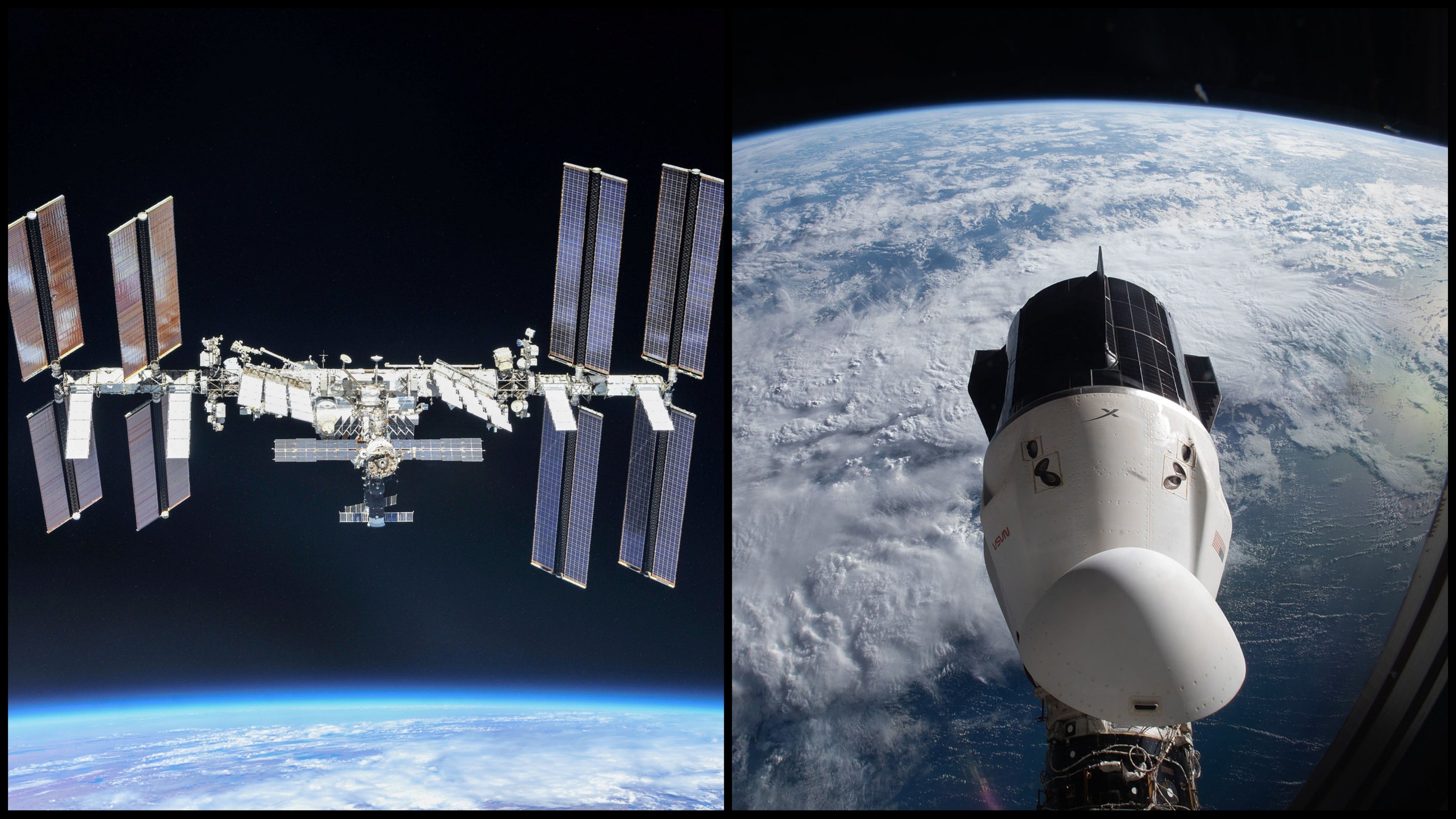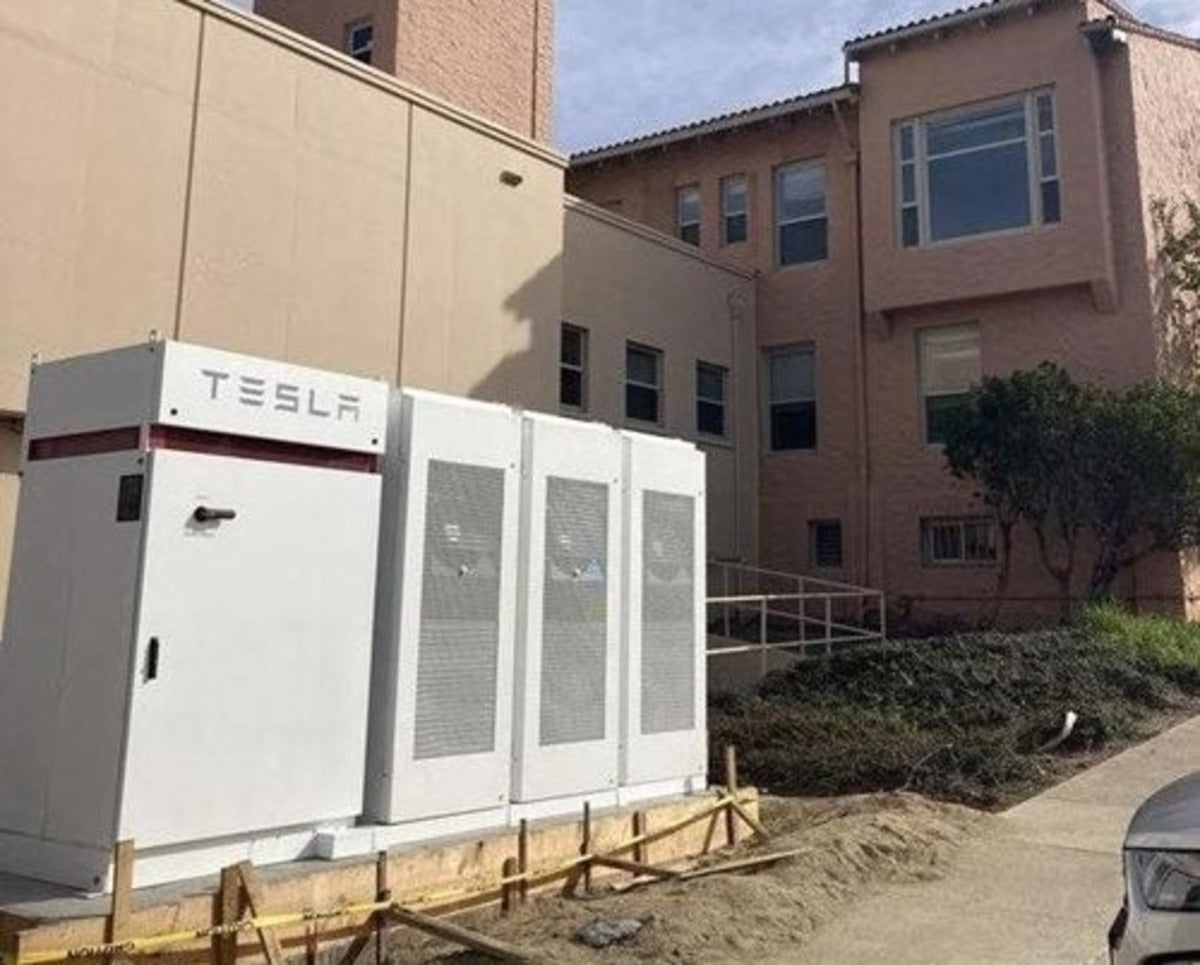Approximately 66 million years ago a city-sized asteroid smashed into the Gulf of Mexico's Yucatán Peninsula, killing around 75 percent of all life on Earth; including dinosaurs and other stunning creatures that roamed the Earth during the Jurassic period. Thousands of species and plants got wiped out with no means of self defense against an asteroid that produced a massive explosion more powerful than 10 billion atomic bombs. Today, humans have the unique opportunity to develop the technologies that could help prevent another mass extinction event from wiping out life which took billions of years to evolve to this point.
This is why space exploration and the development of advanced rocket-ship technologies is crucial for humanity’s long-term survival. Humans are the stewards of all life on Earth and have the responsibility to protect animals and plants from potential extinction. SpaceX founder Elon Musk believes that the future of humanity will either become multiplanetary or go extinct at some point, he made it his mission to develop a spacecraft capable of enabling humans to build a second home on Mars. SpaceX is developing Starship to extend the "probable lifespan of civilization" and "protect the light of consciousness," says Musk.
"I am inspired by curiosity. That is what drives me. So let us expand the scope & scale of consciousness so that we may aspire to understand the Universe," he said. "Becoming multiplanetary is essential to extending dramatically the probable lifespan of civilization. And all the forms of life on Earth," wrote Musk via Twitter in February. Once humans achieve a self-sustaining city on the Mars surface, Musk envisions using Starship as a ‘futuristic Noah’s Ark’. A reference to The Holy Bible story of Noah, who built a massive sea-going vessel to save animals and plants from a massive flood. “The goal overall has been to make life multi-planetary and enable humanity to become a spacefaring civilization,” said Musk. “And the next really big thing is to build a self-sustaining city on Mars and bring the animals and creatures of Earth there. Sort of like a futuristic Noah’s ark. We’ll bring more than two, though – it’s a little weird if there’s only two,” he said in December 2021.
And all the forms of life on Earth
— Elon Musk (@elonmusk) February 3, 2022
The Starship spacecraft is actively under development and is expected to be ready to launch humans to the Moon by 2024. The first crewed voyage to Mars could happen soon after SpaceX lands NASA Artemis astronauts on the lunar surface. Musk envisions manufacturing 1,000 reusable Starships within the next 20 years that will launch megatons of cargo to the Red Planet to enable a self-sustaining city by the year 2050. The ambitious timeline is what drives SpaceX employees to work around-the-clock to have a Starship capable of achieving Musk's vision within their lifetime.
SpaceX President and Chief Operating Officer Gwynne Shotwell is confident that humanity will set foot on Mars before 2029. “We should put people on the surface of Mars within a decade… I think it will be in this decade, yes. People on the moon sooner,” said Shotwell during a CNBC television interview in May. The TV reporter asked Shotwell if she believes many people will want to go live on Mars -”Oh absolutely,” she replied, “I think we need to get a large delivery to the surface of Mars and then people will start thinking harder about it. And then, I think within 5 or 6 years we will see that will be a real place to go,” she said.

Featured Image Sources: Getty Images / SpaceX








